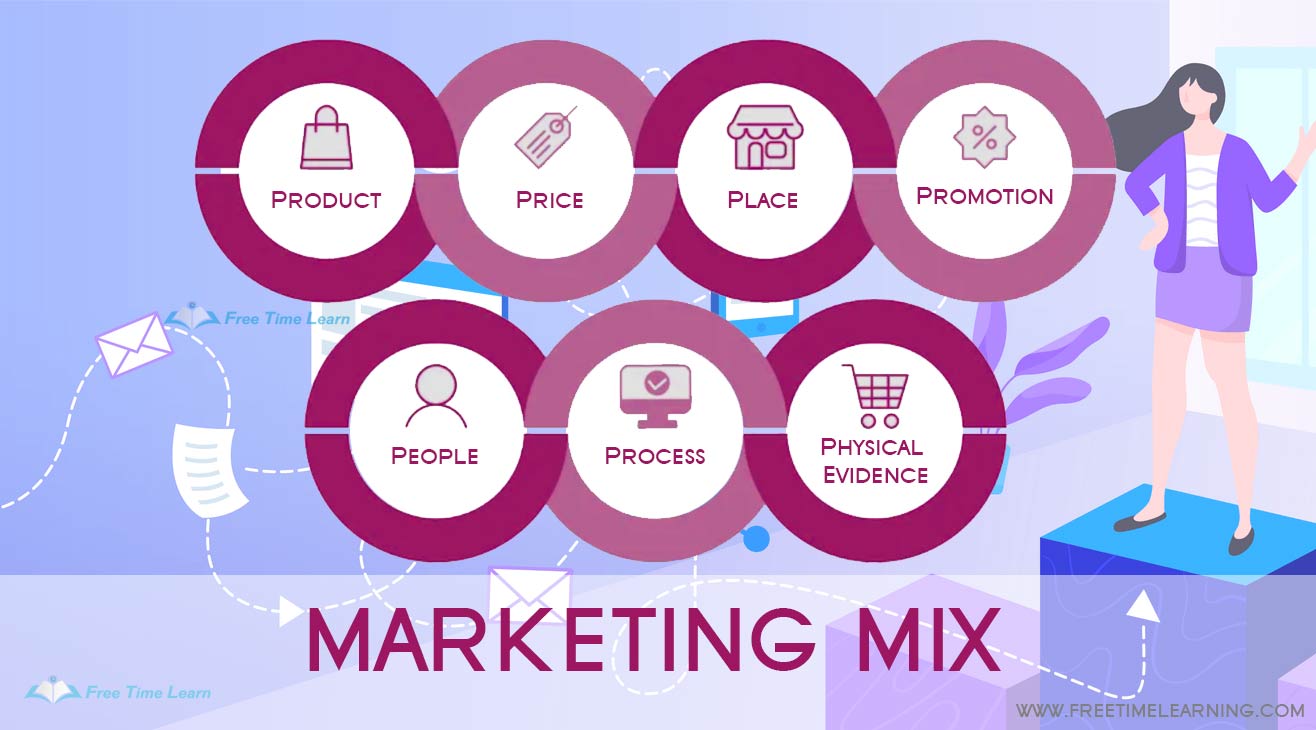4. Promotion :
Which includes activities undertaken by the marketer to communicate with the customers and distribution channels so they can enhance the sales of the firm. Through promotional communication, an organisation’s aim is to inform and persuade the customer to purchase the goods and inform him/her regarding the benefits of the product. Hence, Promotion Mix is an important decision and includes all decisions of an organisation related to the promotion of a sale of goods and services. Some of the important decisions under promotion mix are selecting a media to advertise the product, selecting promotional techniques, public relations, etc.
The four major elements of the promotion mix are Advertising, Sales Promotion, Personal Selling, and Public Relations.
i) Advertising : Advertising means promoting the idea of a product or service through a non-personal presentation by an identified sponsor. It is a paid form of promotional activity, and helps an organisation in connecting with the customers indirectly. The basic features of advertising are reach, choice, legitimacy, expressiveness, economy, and enhancing customer satisfaction.
ii) Sales Promotion : Sales Promotion is a short-term use of the incentives or other promotional activities of an organisation that helps in stimulating the customer in buying the product. Some of the sales promotion techniques used by organisations are refunds, discounts, rebates, gifts or premiums, samples, contests, usable benefits, etc.
iii) Personal Selling : As the name suggests, personal selling means selling products personally. It involves face-to-face communication and interaction between the buyer and the seller with the motive of sale. Personal selling does not mean influencing the buyer in purchasing what the seller is selling, but to provide satisfaction to the customer. Some of the basic features of personal selling are better response, personal interaction, relationships, etc.
iv) Public Relations : Public Relations means maintaining public relations with the public and by doing so, the organisations can create goodwill. According to the Chartered Institute of Public Relations, Public Relations is a strategic management function that adds value to an organisation by helping it to manage its reputation.
